Cabbage worms, the larvae of the cabbage white butterfly, can wreak havoc on your vegetable garden, particularly on cabbage, broccoli, and kale. While chemical pesticides can be effective, many gardeners opt for safer, more natural methods to protect their plants and the environment. Here’s a comprehensive guide on how to get rid of cabbage worms safely and naturally.
Other Topics You Might Like
Helpful Products You Might Like
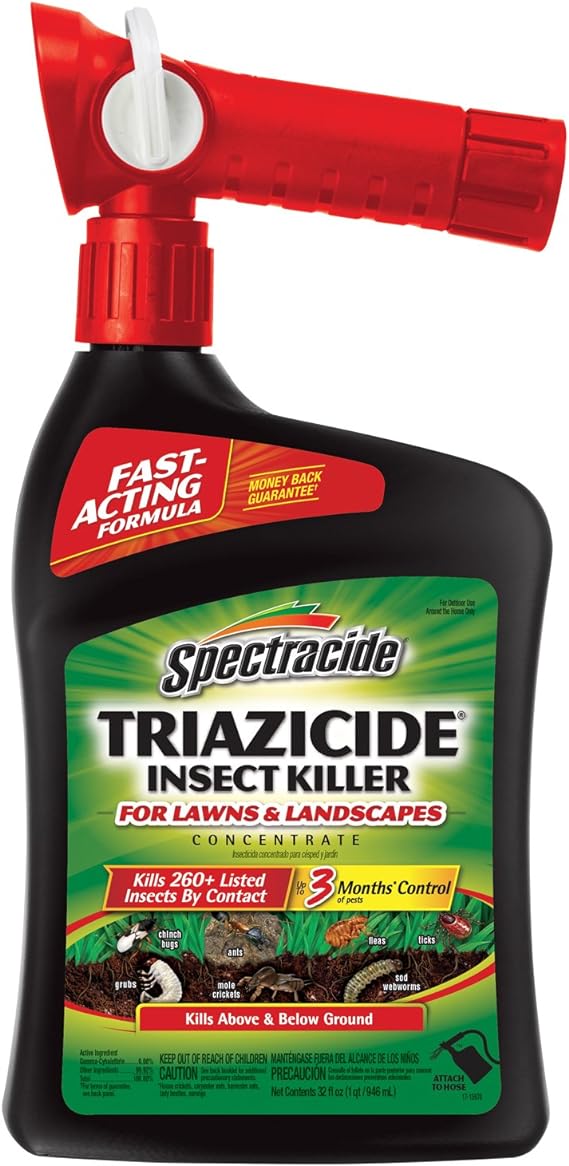
Spectracide Triazicide Insect Killer For Lawns & Landscapes
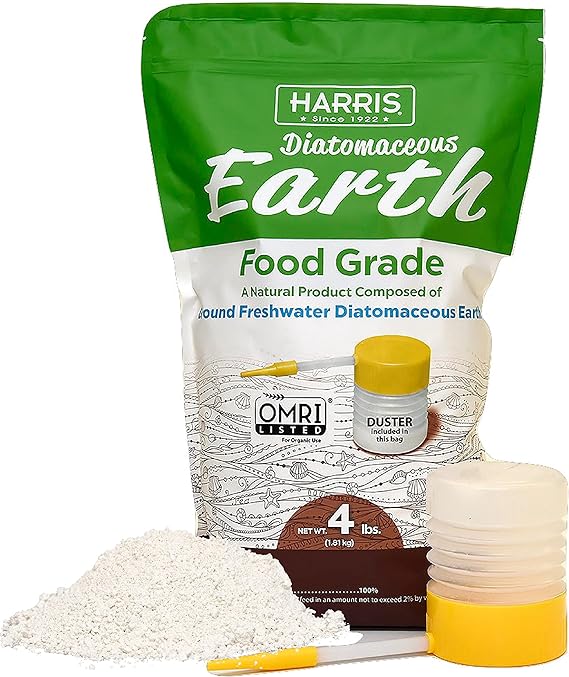
HARRIS Diatomaceous Earth Food Grade
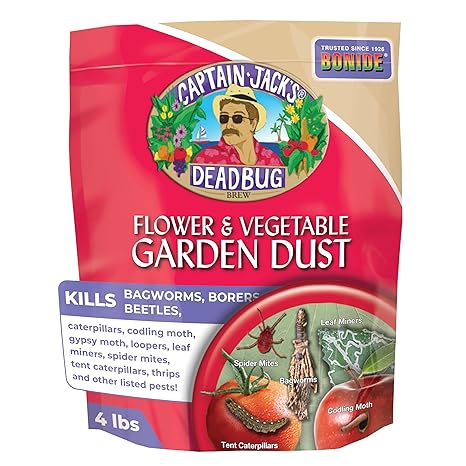
Bonide Captain Jack's Deadbug For Garden Dust
"(Paid Links)" 
What are Cabbage worms?
Cabbage worms are often hard to notice as they are green caterpillars that blend with the plants in your garden. They eat the leaves of cruciferous plants, including cabbages, and cause perforations and stunted growth. These pests can cause damage to your crop and more damage than loss. The good news is that practical solutions are provided to eradicate them.
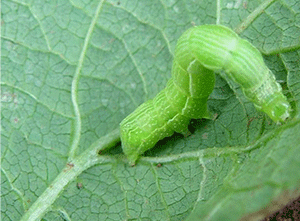
Prevention is Key
Managing cabbage worms the best way is by avoiding them in the first place. Here are some basic techniques:
Crop Rotation
Move the planting site of your cabbage family plants to a different position every season. Cabbage worms tend to stay in the soil in wintertime, so the crops must be rotated to break this habit. Vegetables should be planted in different places in different seasons to avoid such scenarios.
Companion Planting
Some plants tend to repel cabbage worms, and some may help. Some examples include intercropping whole-season crops with cabbages and other plants like herbs, e.g., dill, cilantro, and basil, which are believed to confound and drive the insects off. At the same time, strong-smelling flowers like marigolds can also be very effective against these pesky insects.
Row Covers
Lightweight row covers keep cabbage white butterflies away from the plants by preventing the pests from laying eggs on the crops of your choice. These covers allow sunlight and moisture in while keeping pests out. Just be careful to take off the covers at the stage where pollination takes place.
If cabbage worms are already infesting your garden, do not panic! Safe, natural, and biocontrol methods are available.
Natural control methods
Handpicking
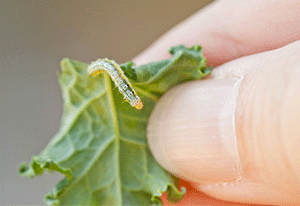
One of the easiest ways would be to scout your beds and pick off every wiggling worm you may encounter. Check the undersides of leaves and stems since cabbage worms tend to shelter themselves here. And every worm you get directs it straight into a bucket of soapy water.
Neem Oil
Neem oil does not simply work as an insect repellant; it offers a more natural form of shelter that comes from the seeds of neem trees. With further usage, it is effective against many other pests, including cabbage worms. Prepare neem oil according to the instructions and spray the diseased areas of the plants. Be careful with benefactors and do it in the evening.
Diatomaceous Earth
Diatomaceous earth, also known as DE, is a powder made from the fossils of tiny water creatures – diatoms. Sprinkling it over plants has the effect of forming a coat and kills soft-bodied pests by sucking the moisture out. Food-grade DE is perfect for your plants, sprinkle regular dusting after rainfall or watering.
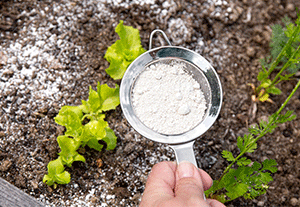
Bacillus thuringiensis (Bt)
It is a naturally occurring bacterium that poses no harm to humans or pets but is deadly to caterpillars. When cabbage worms eat it, their stomachs become nonfunctional.
